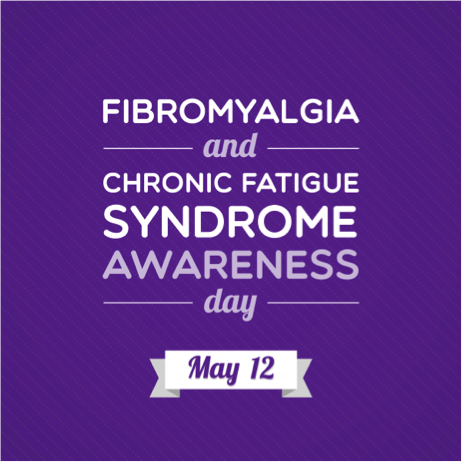
Fibromyalgia is a chronic pain condition that affects multiple areas of the body, including the muscles and joints. While not considered a form of arthritis, fibromyalgia does similarly cause significant pain and fatigue, which can interfere with the ability to participate in everyday activities. It currently affects 2-4% of the population, and most of those diagnosed are women. There is no known source, but some believe that biological and neurological factors can create this disorder. It is typically triggered by a traumatic or stressful event. There is not a cure yet, but there are medications and pain management solutions that can help relieve the pain.
Symptoms
Fibromyalgia is characterized by chronic pain when affected areas are touched. Many sufferers have what are called “tender points,” where pain is most present. Patients with fibromyalgia also report feeling flu-like aches and pains all over. Fatigue is another common symptom of fibromyalgia. Feeling overly tired, even when you have had plenty of sleep, can be a sign of fibromyalgia if a doctor has ruled out other medical or sleep conditions. Depression, anxiety and disordered thinking, known as “fibro fog,” are also other common symptoms. Some patients have reported a multitude of other symptoms such as dry mouth, abdominal pain, numbness and tingling in hands and feet, and chest pain. If you have experienced a stressful event and have had unexplained pain for more than three months, you should consult a physician.
Diagnosis
Because there is not just one clear reason for fibromyalgia, it can be hard to diagnose. Heredity plays a large role, so if someone in your family has been diagnosed and you are presenting with similar symptoms, you should speak with your physician as soon as possible. While there is not a specific test to diagnose this disorder, tests can help a doctor rule out any other disease or disorder, leaving fibromyalgia as the sole culprit. The doctor will generally palpate the 18 “tender points” (areas known to be tender to fibromyalgia patients), and if a patient is having pain in at least 11 of these spots, fibromyalgia is considered. The age and gender of the patient also play a role.
Treatment
While there is no cure for fibromyalgia, doctors and pain management specialists can help by treating the symptoms. A pain management specialist will work with you to understand your particular challenges, and determine the proper treatment or
combination of treatments to help control and alleviate your pain. Botox and trigger point injections are two common treatments used to block inflammation and stop muscle spasms. A healthy diet and exercise plan is also recommended to help fight the pain associated with fibromyalgia. Setting up a consultation with your pain management physician can help you determine what course of action is best for you.
The doctors at PMIR are committed to relieving your pain. You can set up a consultation by calling (877) 724-7349 or visiting our website at paininjuryrelief.com.
Take the First Step Towards Pain-Free Living Today

